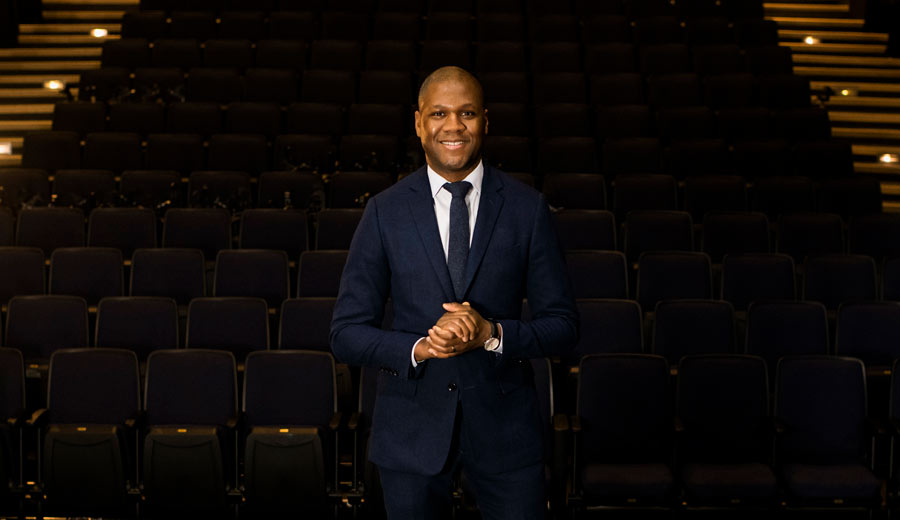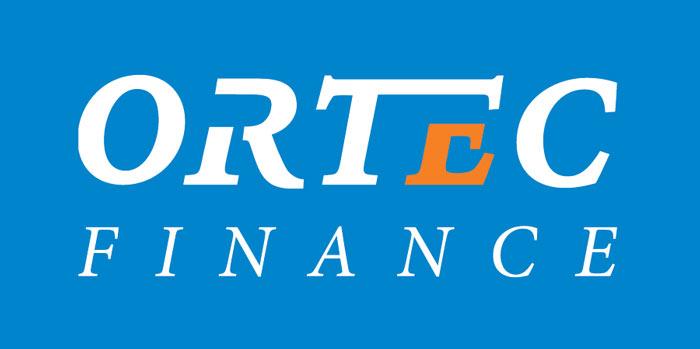PARTNER CONTENT
RICHARD BOYCE
Managing director and senior vice-president of sales
Headquartered in the Netherlands, Ortec Finance provides risk and return management solutions to 600 clients in more than 20 countries. Founded by econometrics and technology experts, the firm combines models with technology to improve asset and liability management, risk management, portfolio construction, as well as performance measurement and attribution.
Over the past five years, Richard Boyce has been building Ortec Finance Canada’s profile as managing director and senior vice-president of sales. He provides financial technology tools and data to asset management and asset owner clients across the country; and tells lessons he’s learned as an NCAA athlete and board director at Young People’s Theatre in Toronto.
What’s your vision for Ortec Finance in Canada?
Our vision is quite simple. We want to continue to service our Canadian clients and offer innovative solutions to help them on their risk management and investment decision-making journey. We also want to expand our reach in the national endowment and insurance space with solutions that effectively meet the needs of institutional clients. I think this is a tailor-made group that will take advantage of Ortec Finance’s products and services.
What are some of the challenges institutional investors tell you they’re facing?
There are many—but climate risk and liquidity risk are at the top of the list. How do funds and institutional investors incorporate climate risk in their portfolio assessments? And as geopolitical issues arise, while interest rates and the global economy change greatly, how do they manage liquidity risk to ensure their portfolios remain strong and healthy going forward?
Climate scenario analysis is one way to understand where climate risk lies in a portfolio. It’s an essential tool to help institutional investors take a top-down approach to the systemic issues pertaining to climate change; this approach is important because we think it’s a systemic challenge that affects whole asset classes, not just individual securities.
On the liquidity risk side, rising interest rates, geopolitical tensions and economic uncertainty are driving a lot of change in the markets, making cash flows scarcer than they have been in the past. So understanding liquidity risk is a huge component of ensuring a fund can be resilient and maximize returns for investors over the long term.
What are the benefits of integrating assets and liabilities within one system?
It gives pension funds and insurers a one-stop shop. Modelling both assets and liabilities simultaneously provides a consistent approach—rather than multiple teams using multiple systems and taking different approaches to the same problem. With multiple systems, you can get inconsistencies that lead to inefficiencies, increasing the potential for error. On the other hand, when you use a unified system to manage assets and liabilities, you get a lot more breadth on risk monitoring, as well as idea generation for investment strategies.
How does Ortec Finance’s technology improve asset management decision-making?
Our technology helps in many ways. For example, our realistic economic scenarios provide a good long-term picture of where public and private asset classes are going. In these projections, considering both assets and liabilities at the same time gives pension funds and insurers a competitive advantage when making decisions on policies, investment strategies and managing liquidity risk. Our technology is also known for providing great flexibility when it comes to testing portfolio resiliency and adopting specific fund policies to analysis. Also, when an actuary and an investment team can use one system, it creates synergies that allow for better decision-making.
How does your team ensure that institutional investors get the most out of technological solutions?
What sets us apart is that we really listen to our customers and incorporate the major drivers they want to see into our technology. We understand every plan isn’t the same. And while we’re a global organization, we have a team in Canada whose sole purpose is servicing clients, ensuring support is effectively met. This team also models each plan, making sure all the nuances of managing both assets and liabilities are being taken care of within the software.
What did you learn from being an NCAA hockey team captain that helps you in your current role?
It was an amazing experience that taught me the importance of having a great work ethic, a constant drive to improve and a focus on uplifting teammates to perform at a high level. This translates into my present work and has been key to my success. Whether you’re a college athlete or leader in tech, you must be resilient, have that work ethic, strive to get better and manage relationships with all your teammates. I still promote these values as board director at the Young People’s Theatre in Toronto—a role that gives me the opportunity to inspire today’s youth and offer them exposure to performing arts.
What’s the next frontier for fin-tech in institutional asset management?
At Ortec Finance, we’re always looking for innovation paths. We’re always listening to our clients. We’re always listening to the market. What we see as the next major frontier is incorporating artificial intelligence (AI) as a method of optimizing our modelling and methodology. One area we’re testing is reinforcement learning. In simple terms, this type of AI models multiple paths simultaneously within a scenario to produce optimal solutions—and it does so very quickly and efficiently. This is just one of many opportunities we’re exploring to leverage AI to improve our solutions.



